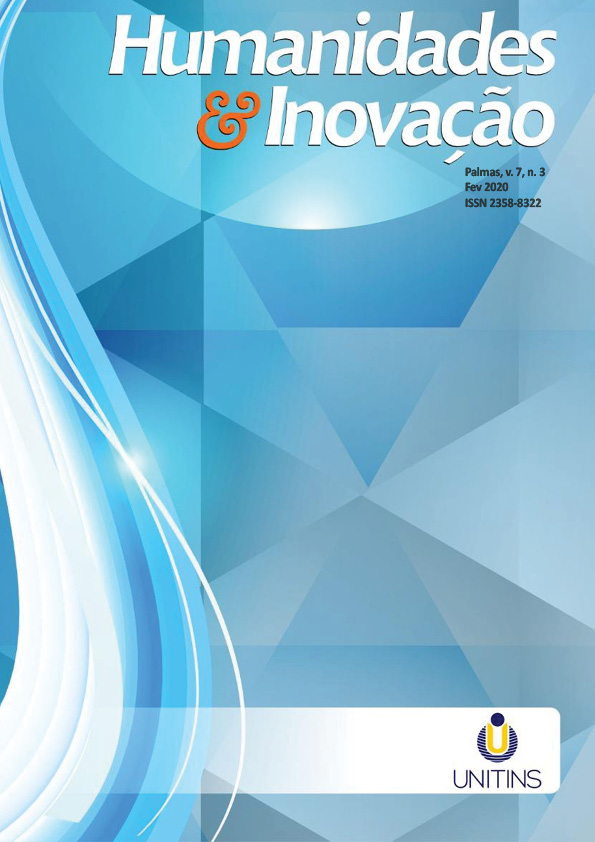CENSORSHIP IN TRANSLATION IN IRAN (CASE STUDY: “VERONICA DECIDES TO DIE” BY PAULO COELHO)
Abstract
The examination tried to find the standards of translating taboo words and ideas in Iran using Toury's (1995) framework for classification of norms. The corpus of the investigation made out of Coelho's novel and its Persian translation which was arranged and analyzed manually to find the norms and coincidently a back translation was made by four Iranian translators to compare with main translation of the novel from Portuguese to English to see whether those censorship are observed or not . During both the determination of novel for translation and the way toward translating by translator standards were at work. It was likewise found that the translators of the novel consented to the target language norms, i.e. the translators had tried to deliver adequate translation. With respect to norms, the examination recommended that the translation strategy depended on fame of the creator that could ensure the marketability of translation. The frequency of the norms recommended that euphemism with 52.38% percent was the dominant norm in translating forbidden words and taboos. The frequency of norms in the novel, and in addition its frequency in the whole corpus was estimated and exhibited in tables and talked about. At last, it was discovered that the dominant ideology in Iran was a deciding factor during the time spending basic leadership by the translators.
References
And neurotics. James Strachey (trans.), (1950). London: Routledge.
Baker, M (1992) In Other Words, Oxford: Oxford University Press.
Baker, M (1997). Corpus-based translation studies: The challenges that lie ahead, in H. Somers (ed.), Technology, LSP and translation: studies in language engineering in Honor of Juan C. Sager (pp.175-186). Amsterdam: Benjamin.
Catford, J.C (1965). A linguistic theory of translation. London: Oxford University Press.
Coelho.p (1998). Veronica decides to die. Jull Costa, M (trans.), (1999). New York: Harper Torch.
Freud, S. (1950). Totem and taboo: Some pointsof agreement between the mental lives of savages
John Benjamins.
Munday, J. (2001). Introducing translation studies: Theories and applications. London and New York: Routledge.
Reynold, M. (2007). Semi- censorship in Drydenand Browning. In: Billiani, F. (ed.), Modes of censorship and translation: National contexts and diverse media (pp. 187-204). Manchester and Kinderhook: Jerome Publishing.
Robinson, D. (1996). Translation and taboo.Northern Illinois University Press.
Schaffner, C. (2003). Third ways and new centers: Ideological unity or difference. In: Calzada Prez, M. (ed.), Apropos of ideology: Translation studies on ideology- Ideologies in translation studies. London: St. Jerome.
Toury,G. (1995). Descriptive translation studies and beyond. Amsterdam and Philadelphia.
Copyright Notice
The submission of originals to this periodic implies in transference, by the authors, of the printed and digital copyrights/publishing rights. The copyrights for the published papers belong to the author, and the periodical owns the rights on its first publication. The authors will only be able to use the same results in other publications by a clear indication of this periodical as the one of its original publication. Due to our open access policy, it is allowed the free use of papers in the educational, scientific and non-commercial application, since the source is quoted (please, check the Creative Commons License on the footer area of this page).











